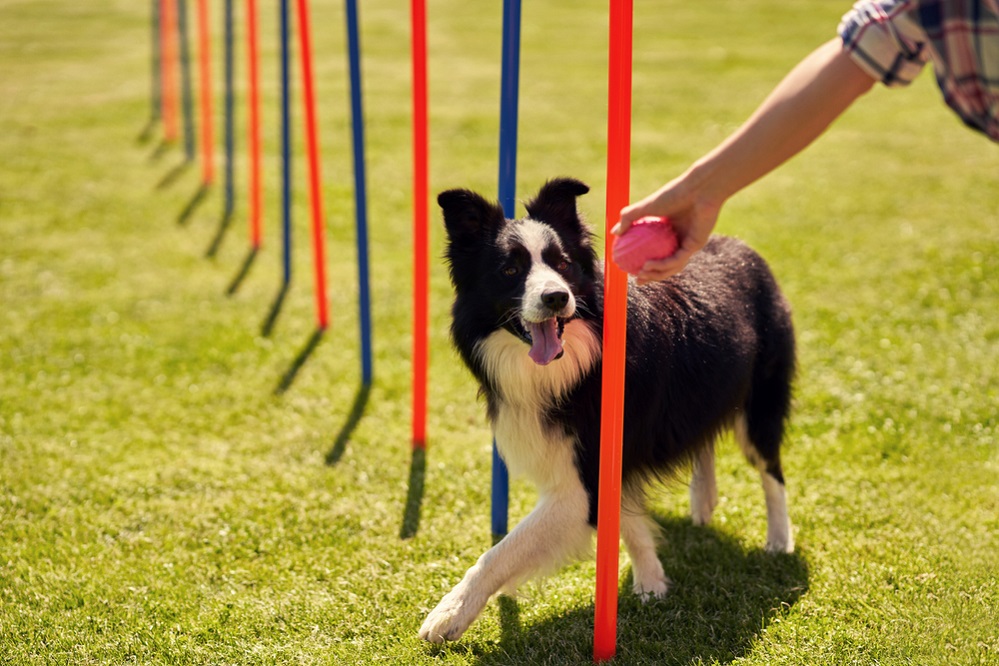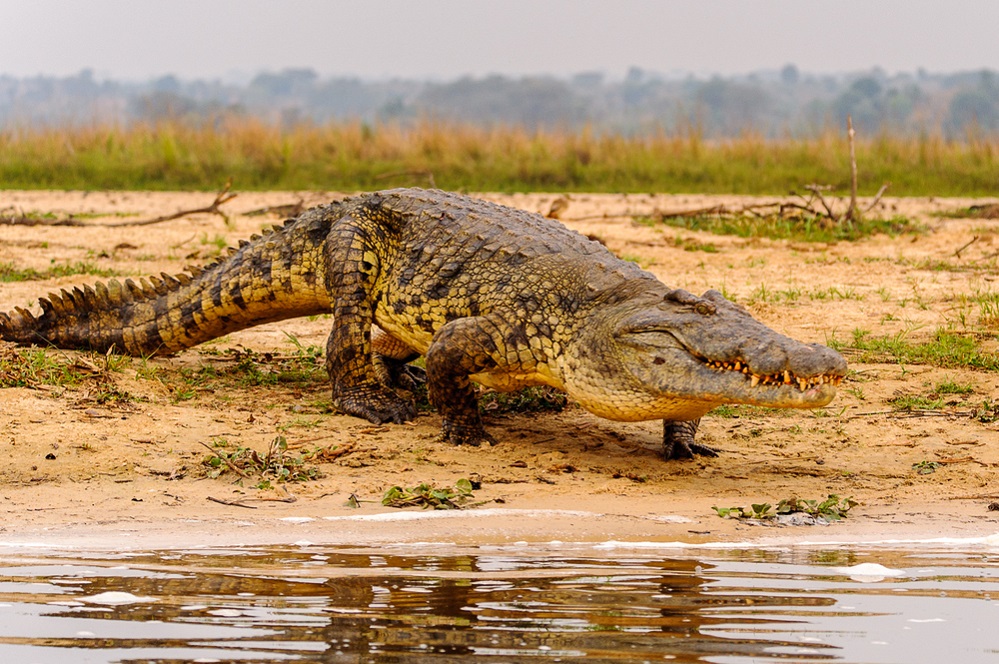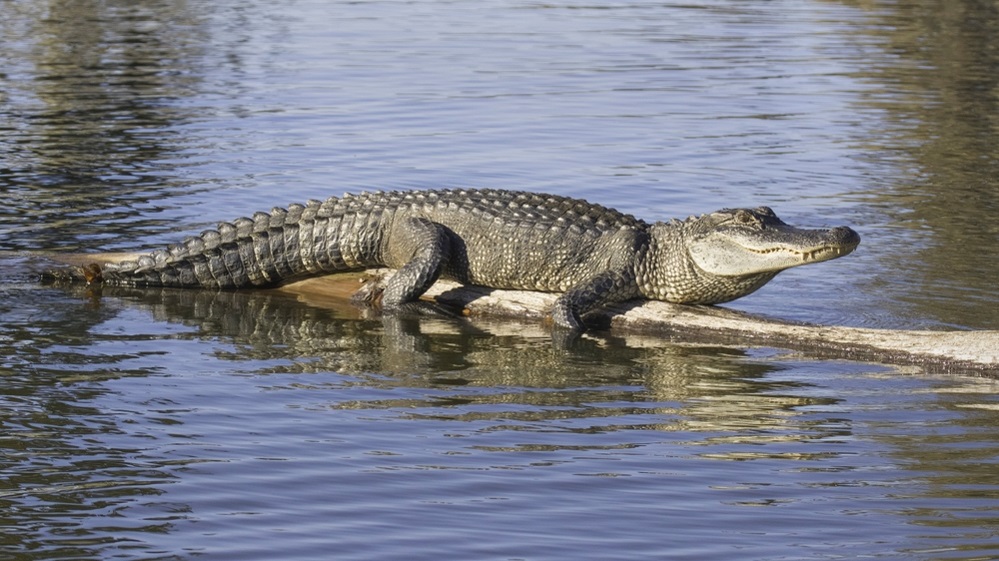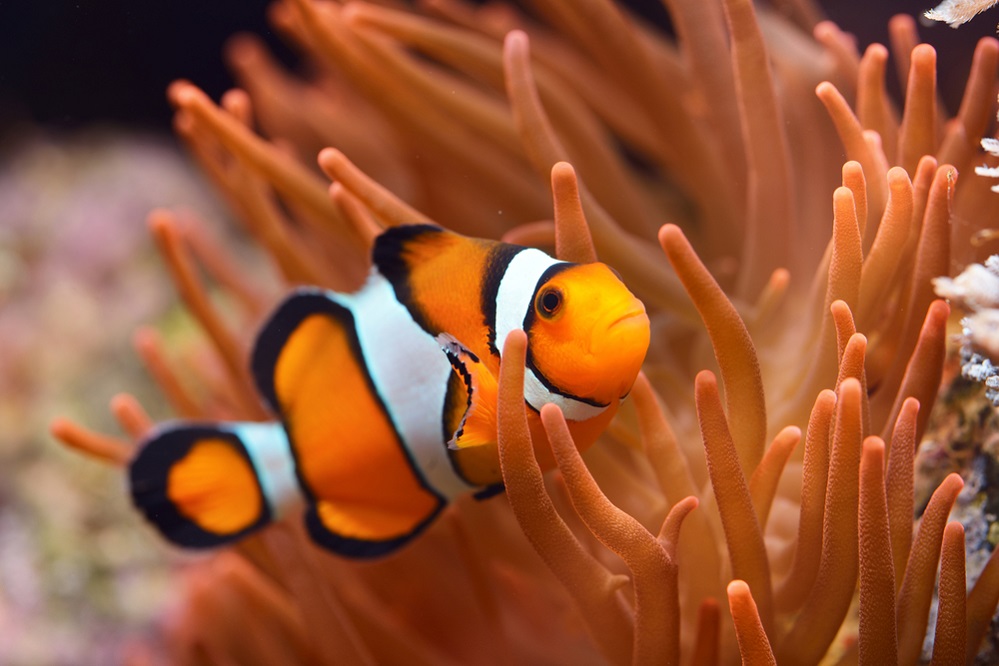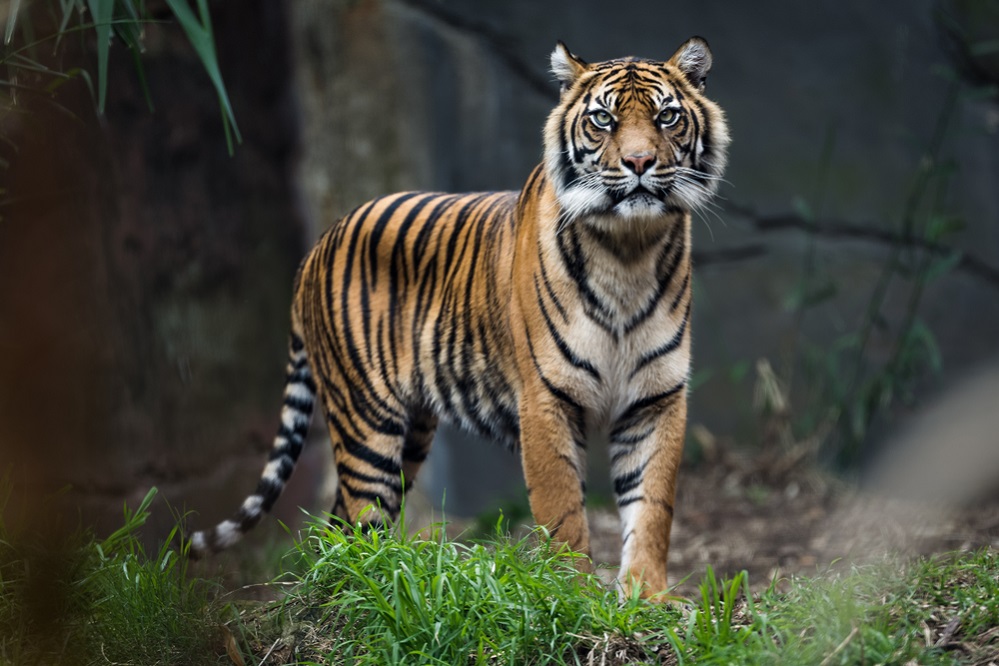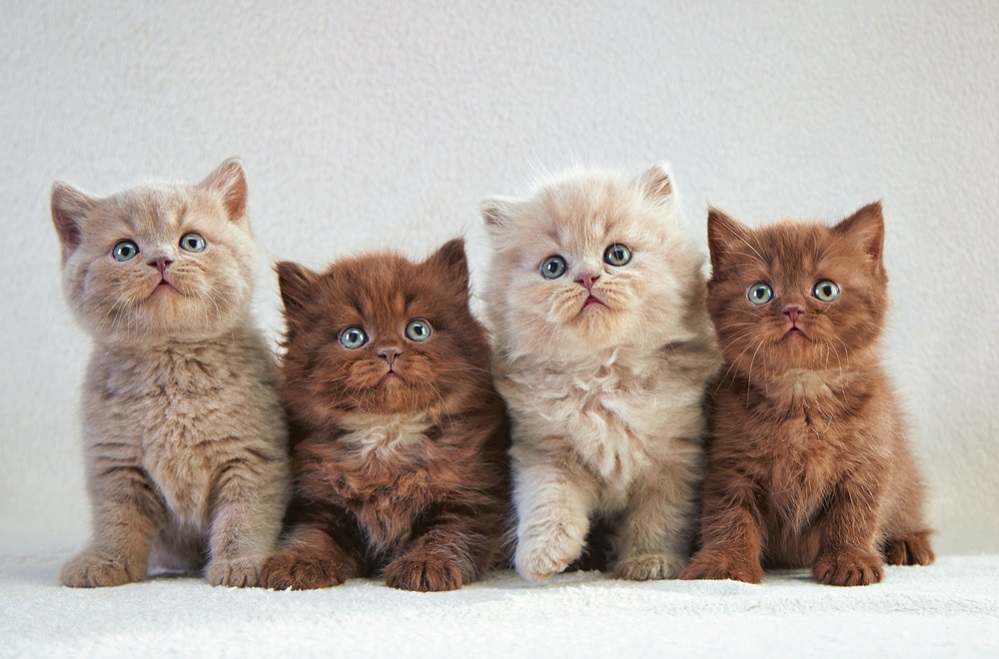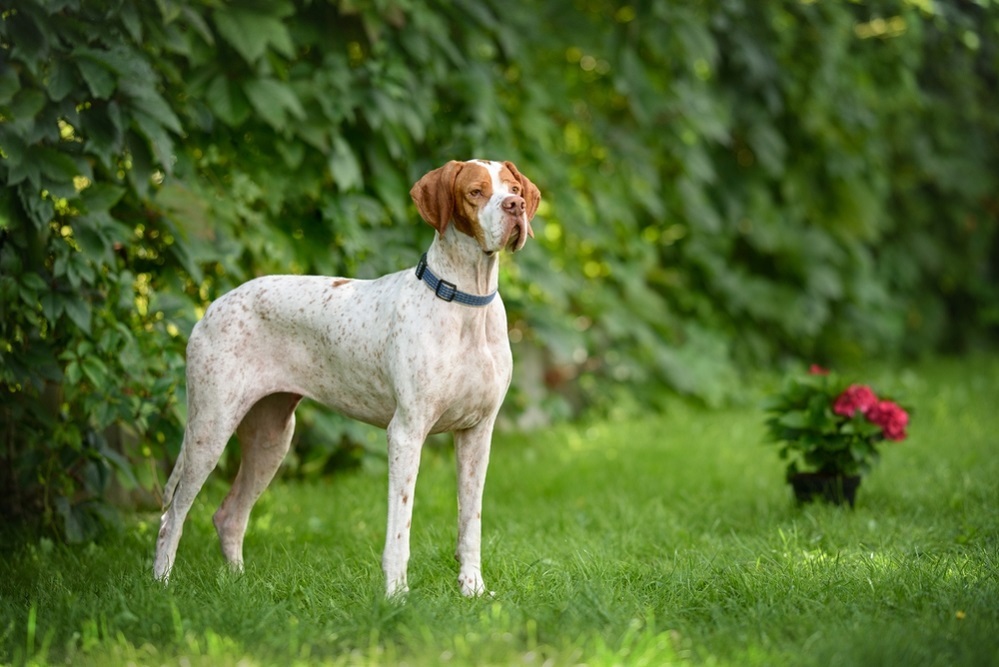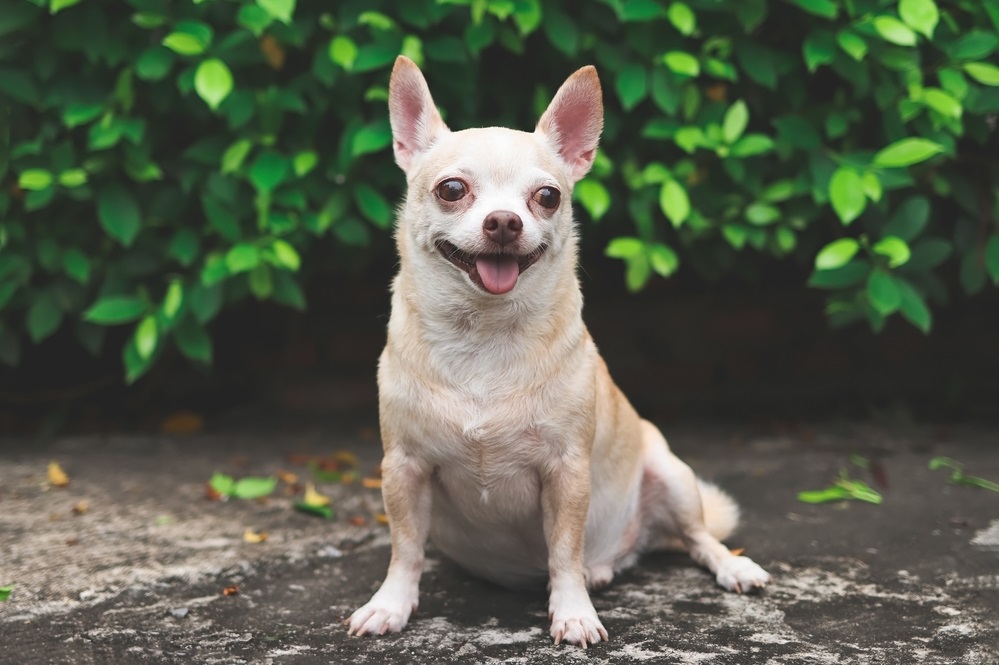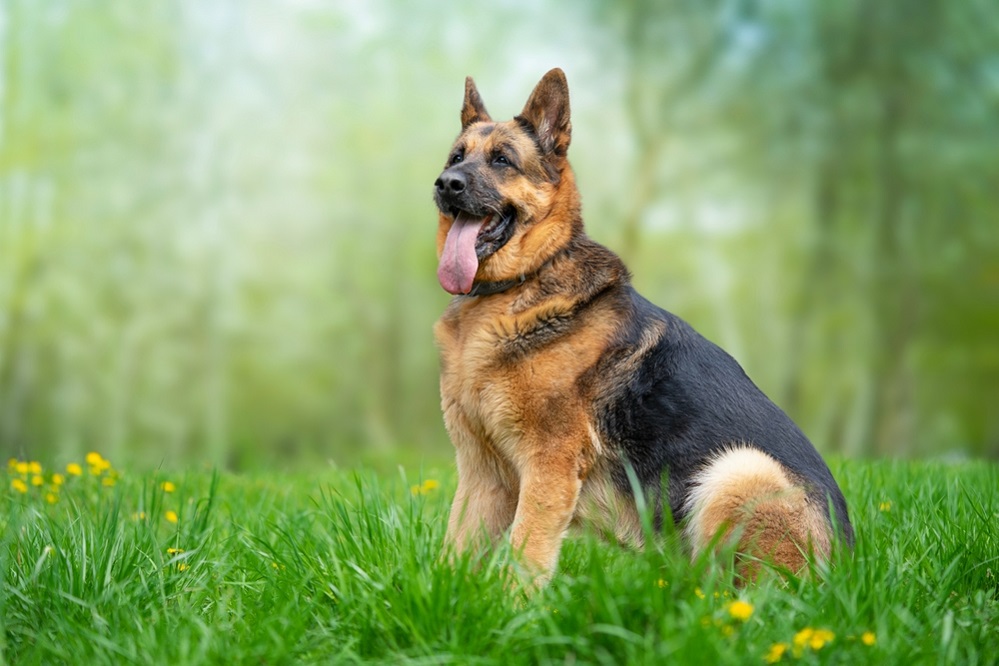Persian cats have charmed their way into the hearts of cat lovers around the globe With their beauty and grace. Renowned for their sweet faces and luxurious, flowing coats, Persians are cherished companions, despite their occasionally solemn expressions.
This breed has consistently ranked among the top five most beloved cat breeds for many years. Their popularity surged rapidly because of their lavish, flowing fur and captivating personalities.
Let’s embark on a journey into the captivating world of the Persian cat, exploring their origins, characteristics, care requirements, and the timeless allure that makes them such beloved companions.
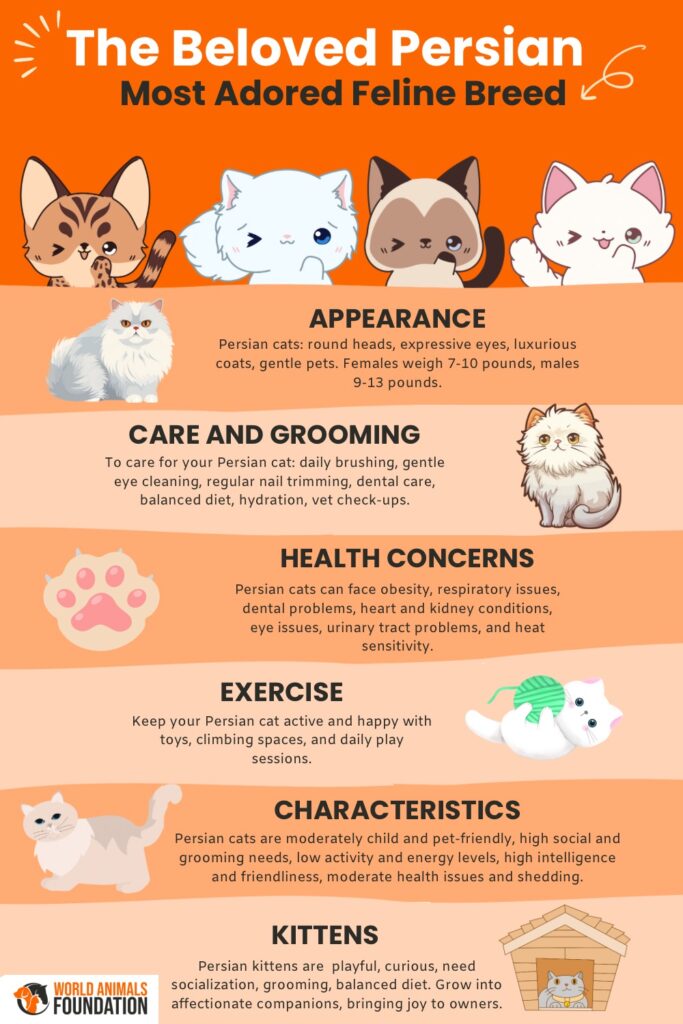
Origins & History
The Persian cat holds a place among the oldest known feline breeds, with its depiction found in ancient hieroglyphics dating back to 1684 B.C. Despite their antiquity, the exact origins of Persian cats remain veiled in mystery, with legends tracing their ancestry to the ancient lands of Persia, which is modern-day Iran.
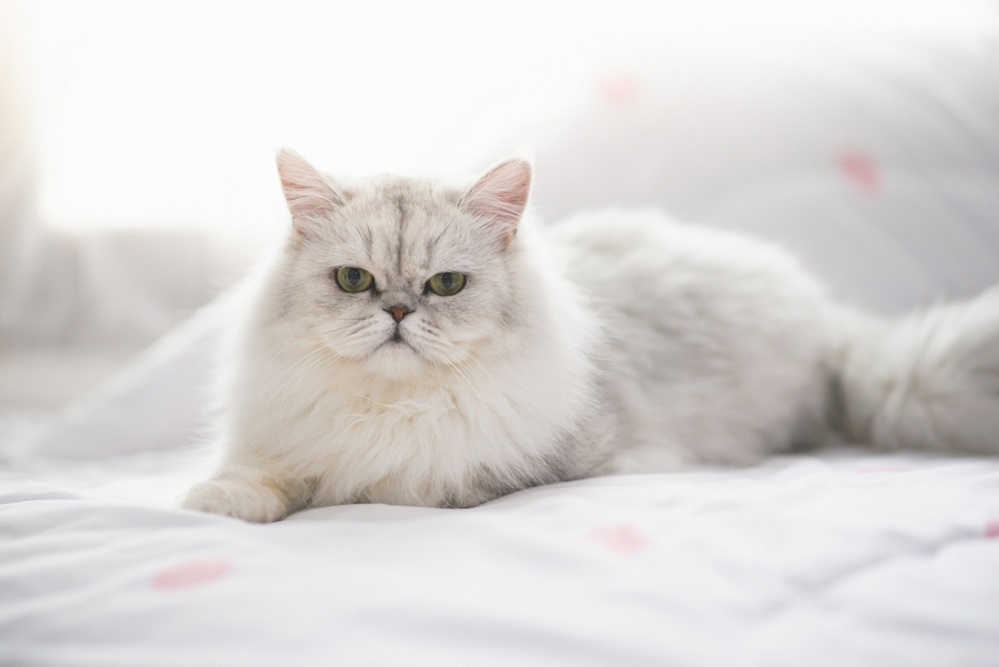
Revered by the nobility and royalty of Persia, these majestic felines were esteemed for their exquisite beauty and refined elegance. The recorded history of Persians as we know it began in the early 1600s when they were first introduced to European shores as imports from Khorasan, Persia, via Pietro della Valle to the Italian Peninsula.
Notably, Queen Victoria of England was known to be a patron of Persian cats, further elevating their status. Their prominence was solidified when they made their debut at the world’s inaugural organized cat show held in 1871 at London’s renowned Crystal Palace, where a Persian kitten claimed the prestigious “Best in Show” title.
In 1875, Persian cats arrived in the United States, and by 1906, the establishment of the Cat Fanciers’ Association recognized them as one of its inaugural registered breeds. Throughout the late 1800s and early 1900s, Persians made their way to the United States, captivating the hearts of cat enthusiasts.
Today, Persian cats hold a distinguished position as one of the world’s most iconic and adored breeds, celebrated for their resplendent appearance and gentle disposition.
Persian Cat Apperarance
Persian cats have round, generously sized heads featuring a short, broad nose, imparting their distinctive “pansy face” or “doll face” appearance. Their heads are further adorned by small, rounded ears, set apart from each other.
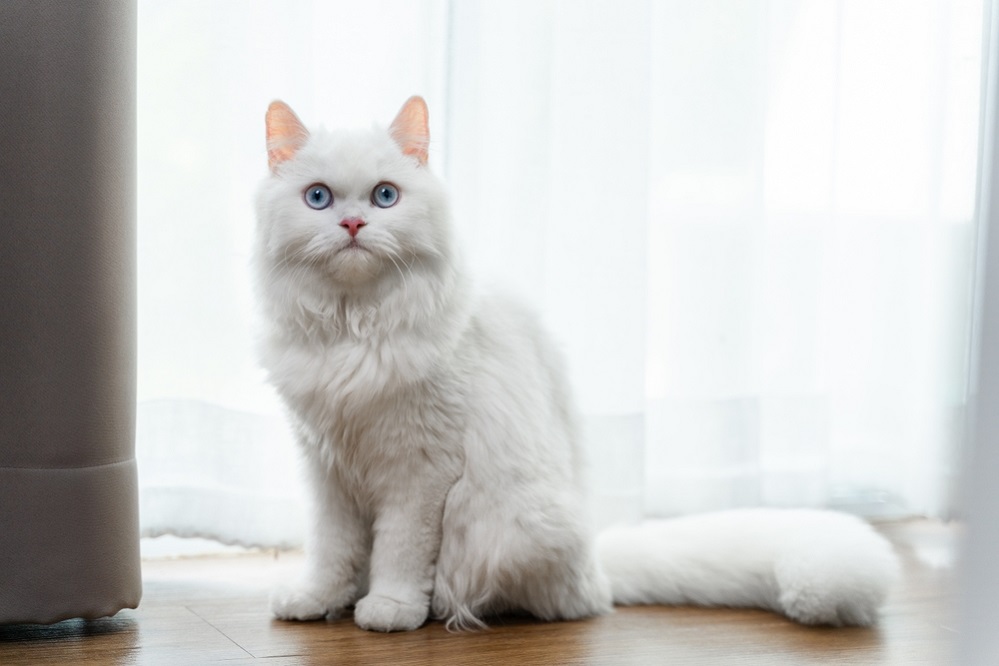
The hallmark of the Persian cat lies in its large, expressive eyes, available in a diverse palette of colors such as blue, green, copper, and even odd-eyed, lending an irresistible charm to their gaze. Notably, their most renowned trait is their opulent, flowing coat, characterized by its dense, soft, and silky texture.
Persians exhibit a rich spectrum of coat colors including red, blue, black, cream, orange, chocolate, lilac, and various patterns like solid, bi-color, tabby, calico, and Himalayan. Their physique is defined by a sturdy, well-proportioned body, boasting a thick neck and short, stout legs supporting their elegant frame.
The Persian cat’s tail is of moderate length, in harmony with its body, adorned with a bushy, plumed appearance. Despite their occasionally solemn expression owing to their short noses, Persian cats are renowned for their gentle and affectionate nature, radiating warmth and serenity.
Female Persians typically weigh between 7 to 10 pounds, while males tend to be slightly larger, ranging from 9 to 13 pounds.
Interesting Facts About Persian Cats
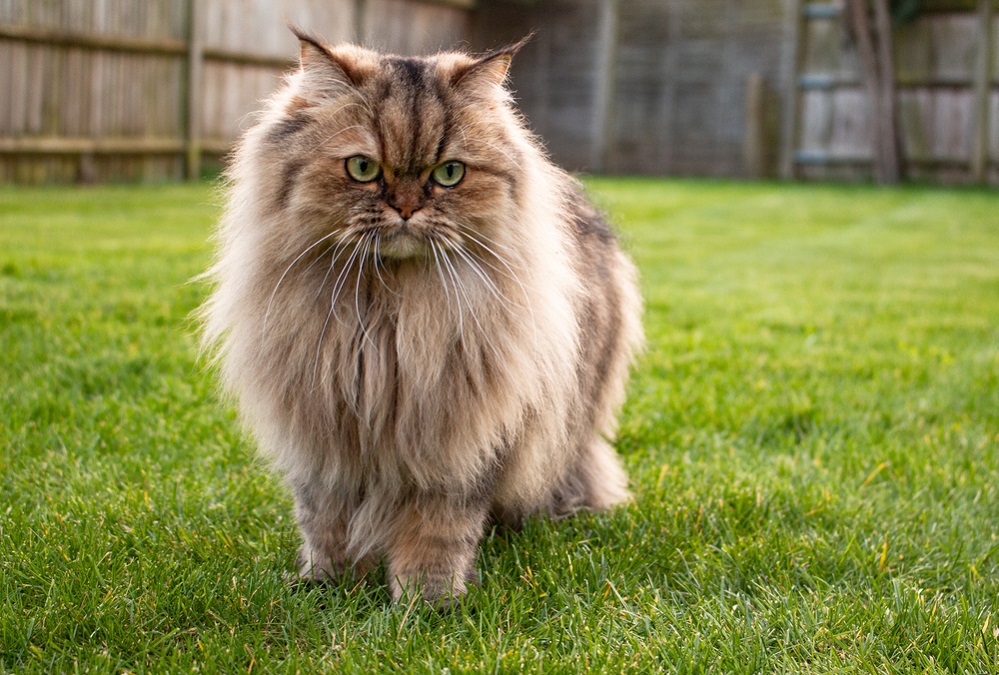
- The Persian cat is often referred to as the “Persian Longhair” due to its luxurious coat.
- On average, Persian cats give birth to litters containing approximately four kittens.
- Persian cats typically enjoy a lifespan ranging from 12 to 17 years.
- In 2014, Colonel Meow was featured in the Guinness World Records book for his 9-inch fur, solidifying the Persian cat’s status as an emblem of feline beauty and allure.
- Some Persian cats exhibit heterochromia, a striking trait where they possess two differently colored eyes, adding to their unique charm.
- In the 1800s, Queen Victoria of England developed a fondness for Persian cats, adopting two Blue Persians and treating them as cherished members of her family.
- Throughout her lifetime, Florence Nightingale, the renowned nurse and social reformer, is known to have more than 60 Persian cats.
- The first recorded instance of a Persian cat arriving in the United States dates back to approximately 1875.
- A Persian cat famously portrayed the character of Mr. Tinkles, a cunning and malevolent mastermind, in the 2001 movie “Cats & Dogs”.
- Persian cats made history by winning world’s first-ever cat show.
Characteristics
Child-Friendly
Medium
Pet-Friendly
Medium
Social Needs
High
Grooming Needs
High
Activity Level
Low
Energy Level
Low
Intelligence
High
Friendliness
High
Health Issues
Medium
Shedding
Medium
Care & Grooming
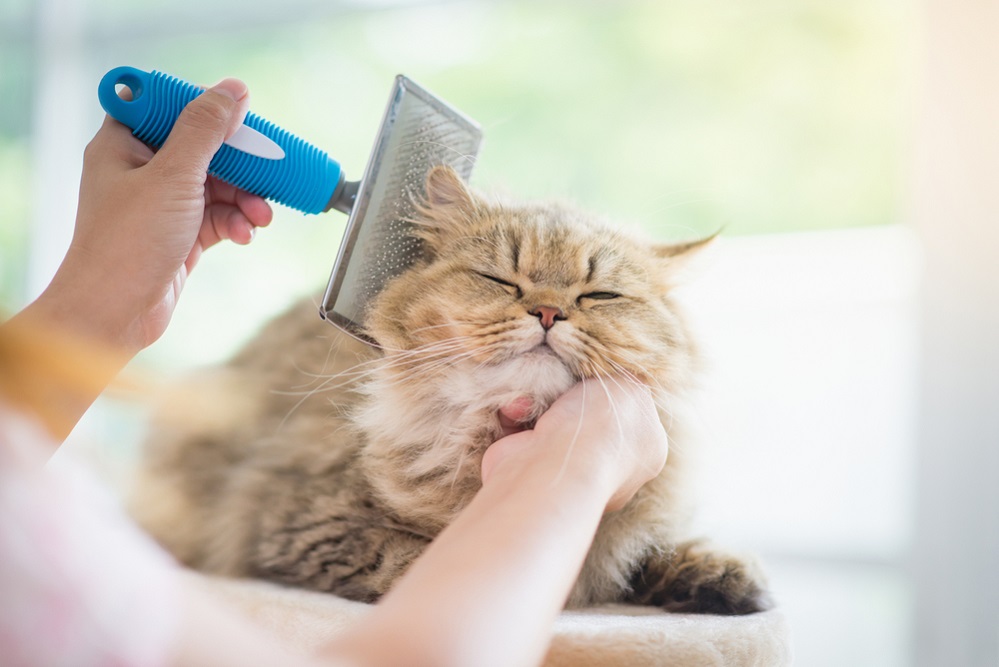
Ensuring your Persian cat’s well-being involves providing them with a nutritious diet and proper grooming. Their long, dense fur necessitates daily brushing to avoid matting and tangles. Due to their flat faces, Persian cats may be prone to tear staining and eye discharge, which can be managed by gently cleaning around their eyes and face with a damp cloth or pet wipes.
Trimming your Persian cat’s nails regularly prevents discomfort and furniture snagging. Maintaining their dental hygiene is crucial to prevent dental issues; you can brush their teeth with cat-specific toothbrushes and toothpaste or offer dental treats and toys.
Offering a combination of canned and dry food ensures a balanced diet. Installing a cat water fountain encourages adequate hydration. Additionally, scheduling routine veterinary check-ups, staying updated on vaccinations, and promptly addressing any health concerns are vital for your Persian cat’s overall health and well-being.
Personality of Persian Cats
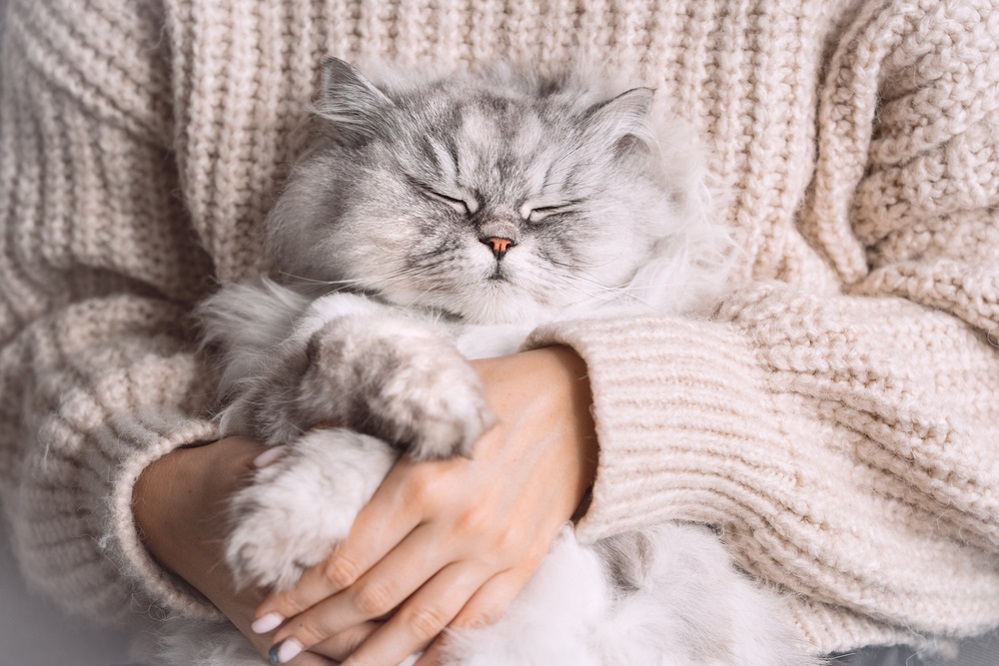
Persian cats are renowned for their gentle, affectionate, and loving personalities. ith their innate calmness and tranquility, they prefer serene environments where they can lounge comfortably.
Known for their fondness for cuddling and affectionate interactions, they form strong bonds with their human companions and thrive on companionship and attention. Patient and tolerant by nature, Persian cats exhibit gentle behavior in both their demeanor and interactions with others.
They have a relaxed attitude, preferring to spend their time lounging in cozy spots or indulging in peaceful naps. Typically reserved and quiet, they value moments of solitude for relaxation. Despite their laid-back demeanor, they may also express curiosity by exploring their surroundings and discovering new stimuli.
Persian Kittens
Persian kittens embody innocence and playfulness, progressing through distinct stages of growth and development characterized by unique behaviors. While the Persian breed is often known for its reserved nature, Persian kittens tend to exhibit more adventurous tendencies compared to adult cats.
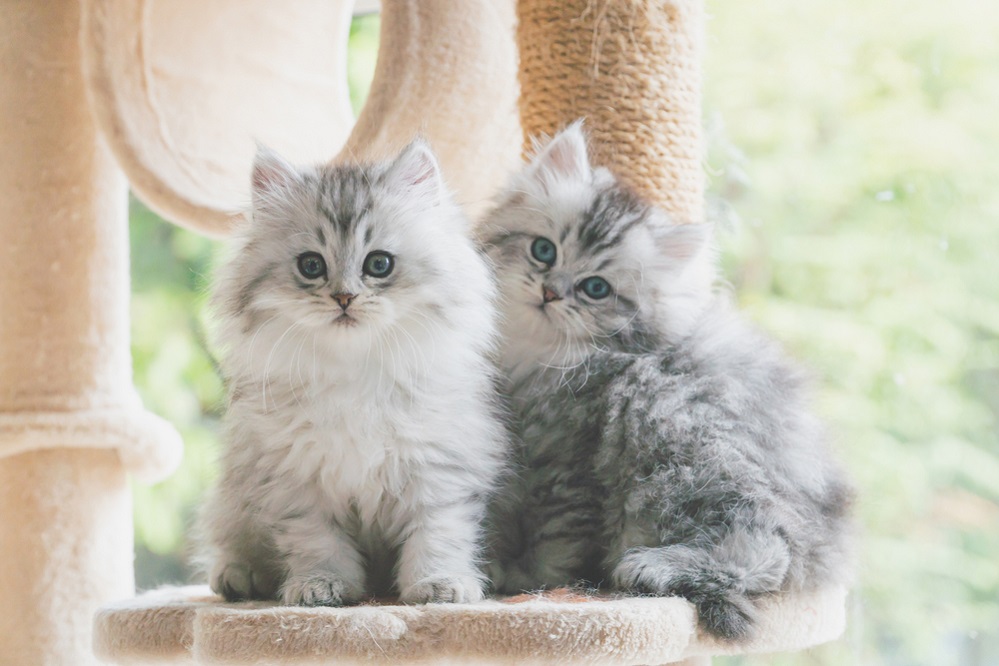
At birth, Persian kittens are fragile and reliant on their mother for warmth, nourishment, and care. With closed eyes and folded ears, they gradually explore their surroundings, gradually opening their eyes to reveal captivating hues.
As Persian kittens mature, their playful and curious side emerges, evident in their enjoyment of chasing toys and engaging in imaginary hunts. Socialization plays a vital role during kittenhood, shaping their interaction with people and animals through positive experiences and gentle handling.
Regular grooming is essential for Persian kittens, given their long, luxurious coats, which require early maintenance. Providing a balanced diet tailored to their nutritional needs ensures proper growth and development, laying the foundation for their overall well-being.
In essence, Persian kittens undergo a remarkable journey of growth, from delicate newborns to spirited and inquisitive young cats. With proper care and nurturing, they mature into cherished companions, enriching the lives of those around them with their playful antics and affectionate nature.
Common Health Issues
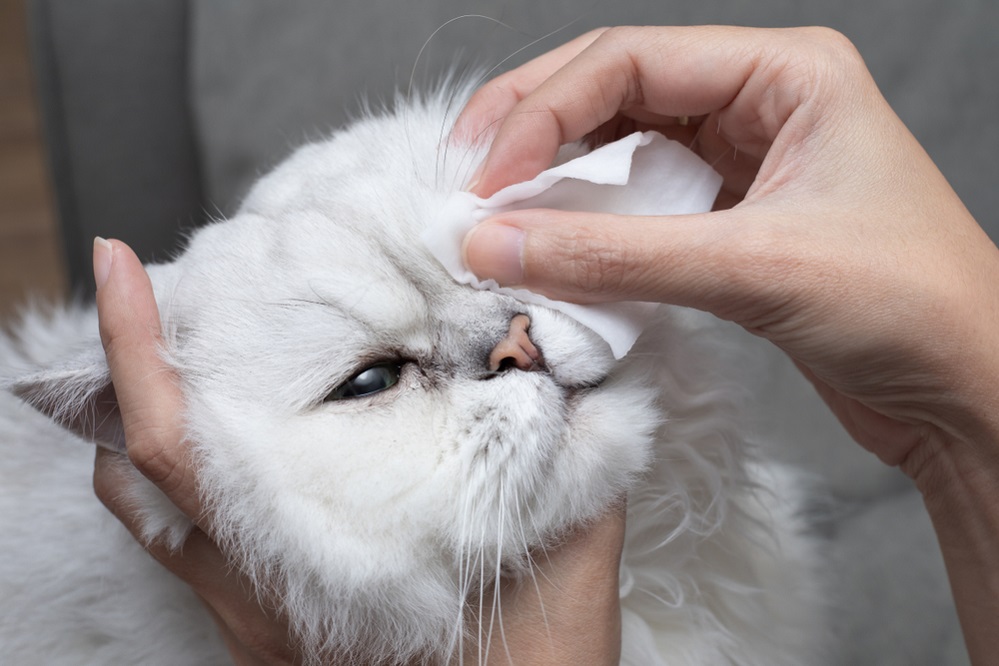
Persian cats have certain health issues that owners should be aware of to ensure their pets’ well-being. While not every Persian cat will encounter these issues, understanding potential health concerns is crucial for proactive care. Here are some common health problems that Persian cats may face:
Obesity: Persian cats, being less active by nature, are prone to weight gain, which can lead to serious health complications like diabetes, arthritis, and heart disease. Monitoring their diet and encouraging regular exercise is essential for maintaining a healthy weight.
Respiratory Issues: Persian cats’ flat-faced structure can lead to respiratory challenges such as snoring, wheezing, and breathing difficulties.
Dental Problems: Persian cats are susceptible to dental issues like periodontal disease and tooth decay.
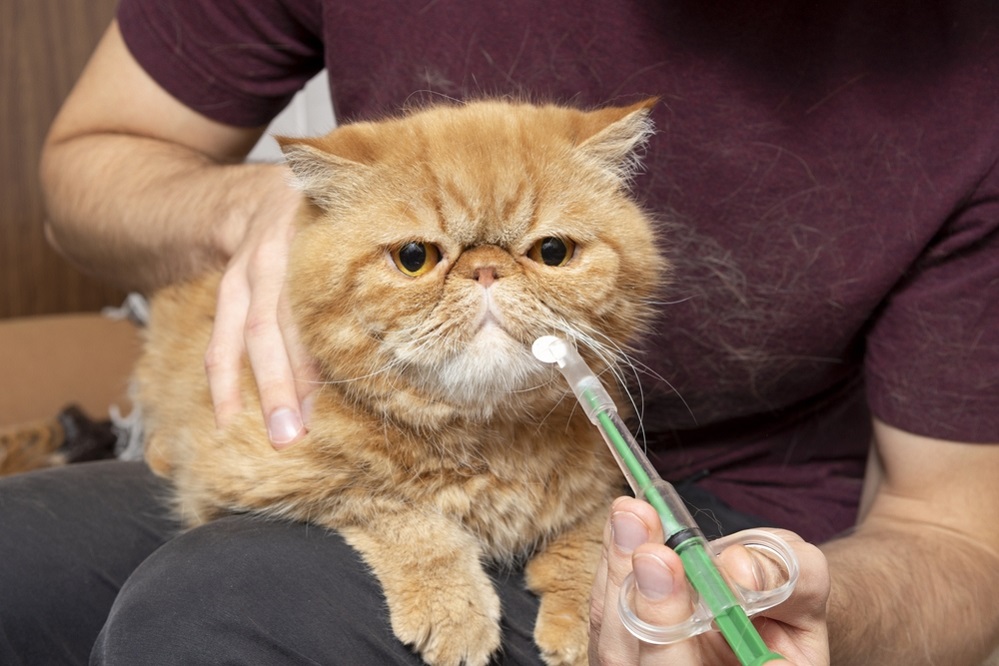
Hypertrophic Cardiomyopathy (HCM): HCM is a heart condition characterized by the thickening of the heart muscles, which can impair blood flow and lead to various health issues.
Polycystic Kidney Disease (PKD): PKD is a genetic disorder that causes the formation of cysts in the kidneys, potentially leading to kidney failure.
Eye Issues: Persian cats are prone to several eye issues, including cherry eye, entropion, and tear duct obstruction.
Urinary Tract Problems: Persian cats may develop urinary stones or blockages, which can be painful and potentially life-threatening. Providing a balanced diet and ensuring adequate hydration can help prevent these issues.
Heat Sensitivity: Due to their thick coats and brachycephalic faces, Persian cats may struggle to regulate their body temperature in hot weather. Providing a cool, well-ventilated environment is crucial to prevent heat-related complications.
Pros and Cons of Owning Persian Cat
Pros
Cons
Affectionate Companionship
High Grooming Needs
Charming Appearance
Health Issues
Calm Nature
Heat Sensitivity
Good with Kids and Pets
High Maintenance
Here are some pros and cons of owning a Persian cat breed as a pet:
Pros
- Affectionate Companionship
- Charming Appearance
- Calm Nature
- Good with Kids and Pets
Cons
- High Grooming Needs
- Health Issues
- Heat Sensitivity
- High Maintenance
Average Lifespan
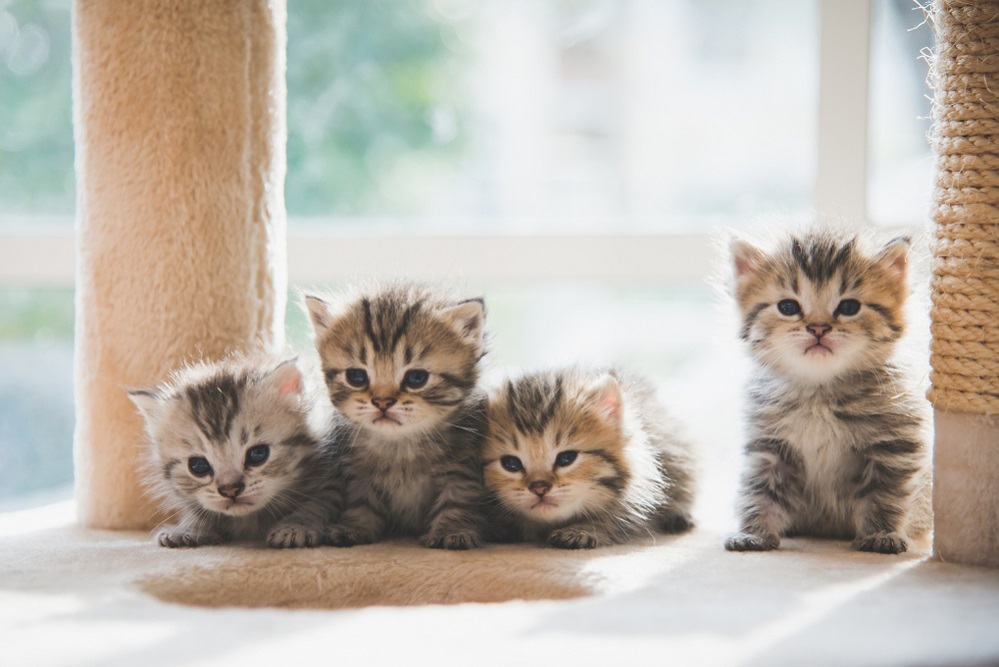
The average lifespan of a Persian cat typically ranges from 12 to 17 years. However, with proper care, some Persian cats have been known to live even longer, sometimes reaching their early twenties.
Training
Start by placing a clean litter box in a quiet area of your home that’s easily accessible to your Persian cat. Encourage them to use the litter box by placing them inside after meals or naps. Offer praise or treats as rewards when they use the litter box correctly.
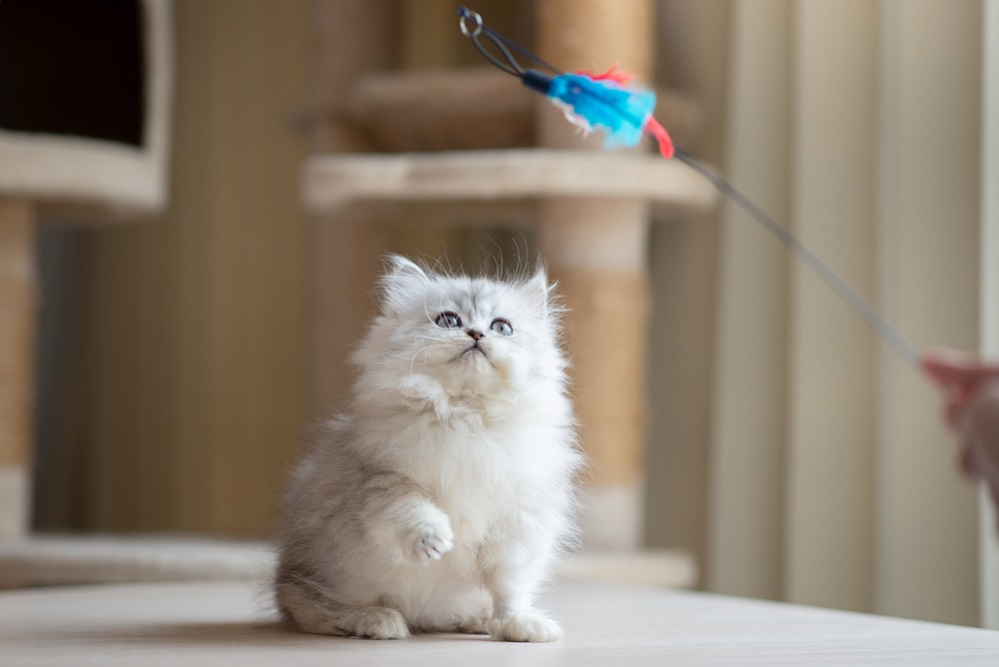
While Persian cats may not be as enthusiastic about learning tricks as some other breeds, they can still be trained to respond to basic commands. Provide appropriate scratching posts or pads for your Persian cat and encourage them to use these instead of furniture. Redirect any inappropriate scratching behavior with toys or treats.
Handle your Persian cat gently from an early age to help them grow accustomed to human touch. Socialize them with various people, animals, and environments to prevent shyness.
Exercise
Encourage your Persian cat to engage in interactive play by using toys like feather wands, laser pointers, or balls. These activities stimulate their natural instincts and provide both mental and physical exercise. Persian cats enjoy exploring vertical spaces, so offer cat trees, shelves, or perches where they can climb and jump.
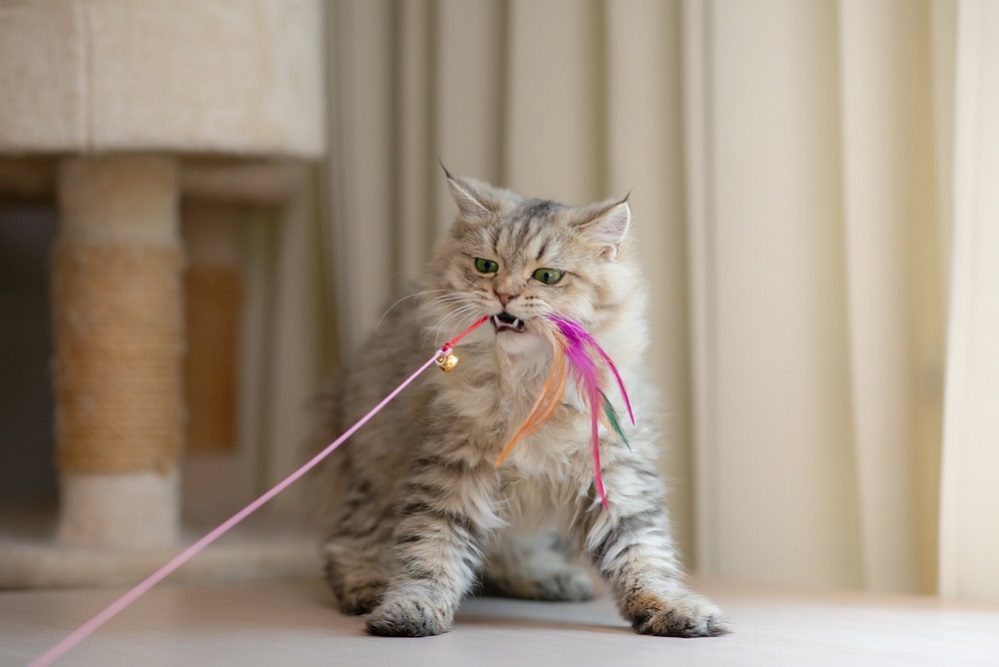
Additionally, use puzzle toys or food-dispensing toys to provide mental stimulation and encourage active play. While Persian cats are primarily indoor pets, supervised outdoor time in a secure area can offer them extra stimulation and exercise.
Make sure to schedule regular playtime sessions with your Persian cat to keep them entertained and active. Aim for at least 15-20 minutes of play each day to help maintain their health and prevent boredom.
FAQs
Are Persian cats good pets for families?
Yes, Persian cats can make excellent pets for families, as they are gentle and generally good with children and other pets.
Do Persian cats require a lot of grooming?
Yes, Persian cats have long fur that requires daily grooming. Regular brushing and occasional baths are necessary to maintain their coat.
What is the scientific name for the Persian breed?
The scientific name for the Persian breed is Felis catus.
Is it safe to give milk to a Persian cat?
No, Persian cats are lactose intolerant, so offering them cow’s milk could lead to stomach upset and illness.
Are Persian cats indoor or outdoor pets?
Persian cats are typically kept as indoor pets.
Do Persian cats shed a lot?
Yes, Persian cats shed moderately, especially during shedding seasons.
Are Persian cats high-maintenance?
Persian cats may be regarded as high-maintenance due to the continuous costs associated with grooming, veterinary care, and providing high-quality food.
Do Persian cats like to be held?
Persian cats generally enjoy being held and cuddled.
Which breed, Persian or Maine Coon, is larger in size?
The Maine Coon is generally larger in size compared to the Persian cat.
Do Persian cats like water?
Persian cats are not typically fond of water and may actively avoid getting wet.
How much does a Persian cat cost in the United States?
Typically, Persian kittens from reputable breeders can range in price from $500 to $3,000 or higher. Moreover, adoption fees for Persian cats from shelters or rescue organizations usually fall between $50 and $200.
Final Words
Persian cats are undeniably renowned as one of the most cherished and iconic breeds among cat enthusiasts worldwide. Their unique appearance, calm temperament, and loving disposition have endeared them to countless admirers.
While their grooming requirements and health concerns may demand extra care and attention, the affection and companionship they provide are invaluable.
Indeed, their presence brings a sense of sophistication and affectionate warmth to any household they grace.



